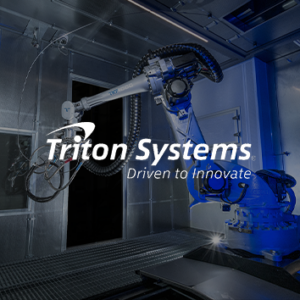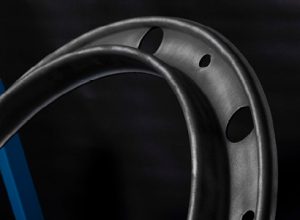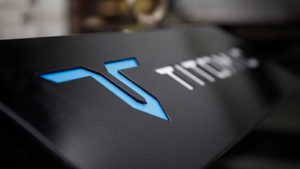On this page
Introduction
From prototyping to mass production, manufacturing processes are constantly in a state of transition. Not only are more processes readily available every day for use by designers, but the processes themselves constantly undergo iterations and improvements in terms of flexibility, reliability, globalized availability, and cost. Cold Spray Additive Manufacturing (CSAM) is no exception to this concept; in this article, I’d like to outline what an ideal component looks like for CSAM – one of the most advanced technologies that designers have at their disposal.
Firstly, it is important to understand a high level of what cold gas dynamic spray (aka cold spray) is along with its physical influences which form the building blocks of its best use as an additive manufacturing technique. This will shed light on why the below details pertain to the ideal CSAM component. This information can be found here, on our website.
Ideal Geometric Features
Shape
The most apt geometry for cold spray additive manufacturing is described as “rotational geometry” – these are parts produced by rotating a scaffold around a centreline and spraying onto the scaffold, typically with a robotic arm and CSAM end-effector nozzle. These ideal shapes typically include cones, tubes, pipes, barrels, tanks, and cylinders (or a combination of these shapes).
Alternative techniques to CSAM many times require multiple welding steps to manufacture a component; an example would be tanks in which two domes must be welded to a cylinder which was seam welded from a flat shape. Each of these welds could potentially be mitigated using CSAM by building the component in a single piece, which would reduce cost, time, and potential risk of error.
If the component is simple enough, CSAM might also meet the geometric profile requirements of the final component shape, which would then mitigate the need for post-machining or finishing. In the same vein, if the profile requirements are so tightly toleranced that any other techniques such as deep drawing, spinning, etc. must rely on machined completion, CSAM may then be the more cost-effective solution.
If the component being considered can easily benefit from design changes to optimize the effectiveness of cold spray additive manufacturing without adversely affecting function, the most effective solution can be obtained.
Wall Thickness
The ideal wall thickness can be anywhere from a few millimetres, to upwards of 50 millimetres. Additionally, any smooth, controlled variations in wall thickness, especially when including both thick and thin sections, bode very well for CSAM versus other techniques. Typically, these mismatching thicknesses can cause significant issues when using a melt-based manufacturing technique, whereas CSAM can incorporate these features with a more tolerant thermal differential.
Diameter
In terms of diameter, a range between 20mm and 2000mm can be considered most suitable for CSAM. The larger the diameter, the more that cold spray’s unlimited size constraints and impressive deposition speeds create a disparity vs. an alternative technique.
That said, in any fundamentally structural application, a post-deposition heat treatment is performed, in which the size limitations of the oven must be considered. This typically means a practical maximum diameter of roughly 600mm. Additionally, the size may be limited by the capacity of the rotating axis (i.e. lathe) that allows for this build. Diameters upwards of 900mm and lengths upwards 600mm are suited for Titomic’s TKF 1000 lathe.
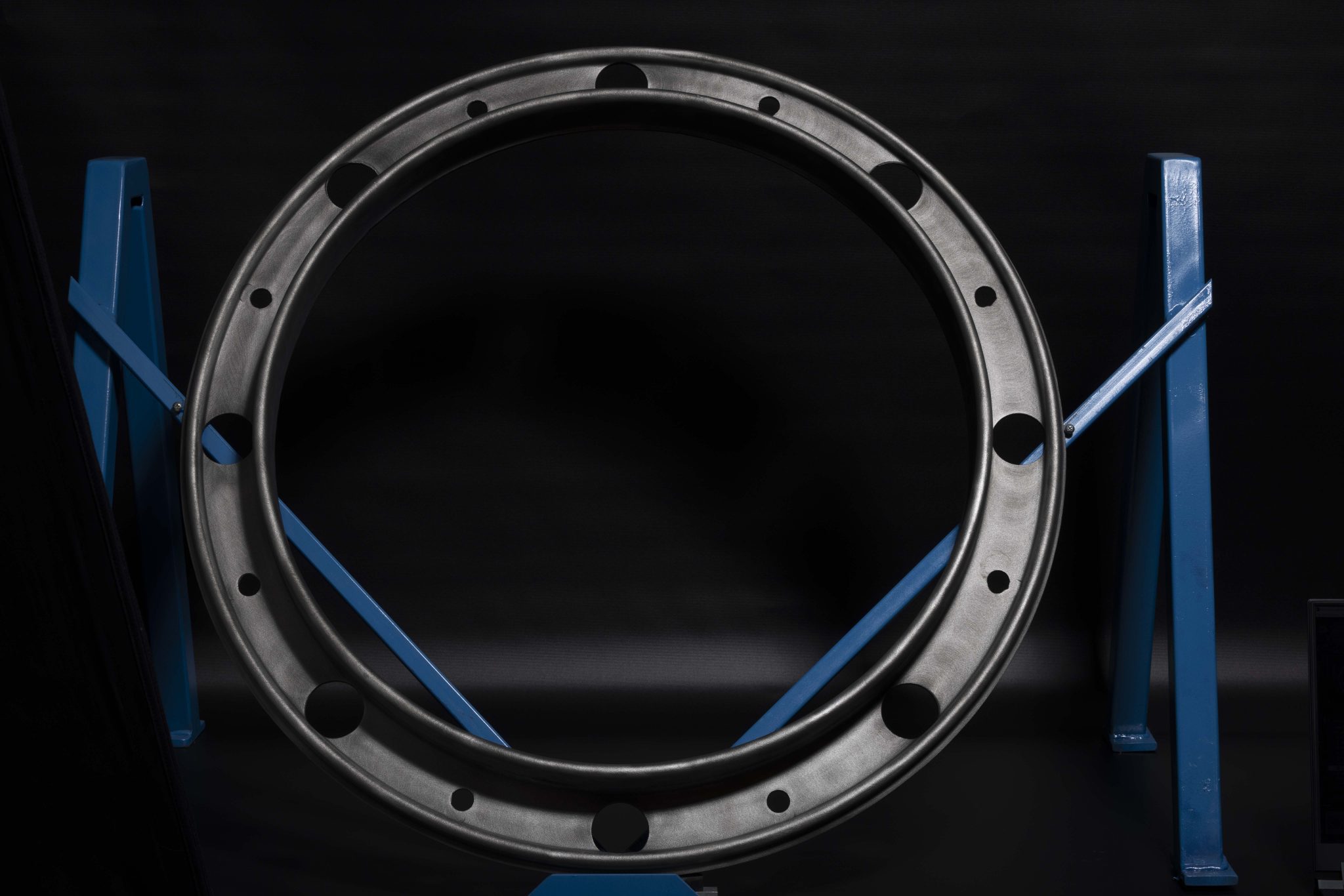
Ideal Materials
The most ideal materials for CSAM relative to other techniques are difficult-to-form materials, including titanium, stainless steel, Hastelloy, Inconel, and other heat-resisting alloys. Many of these materials, particularly Titomic’s commercially pure titanium, can be manufactured at a cost-per-weight far less than billet costs. This means that alloys once considered too expensive may be on the table for a given application.
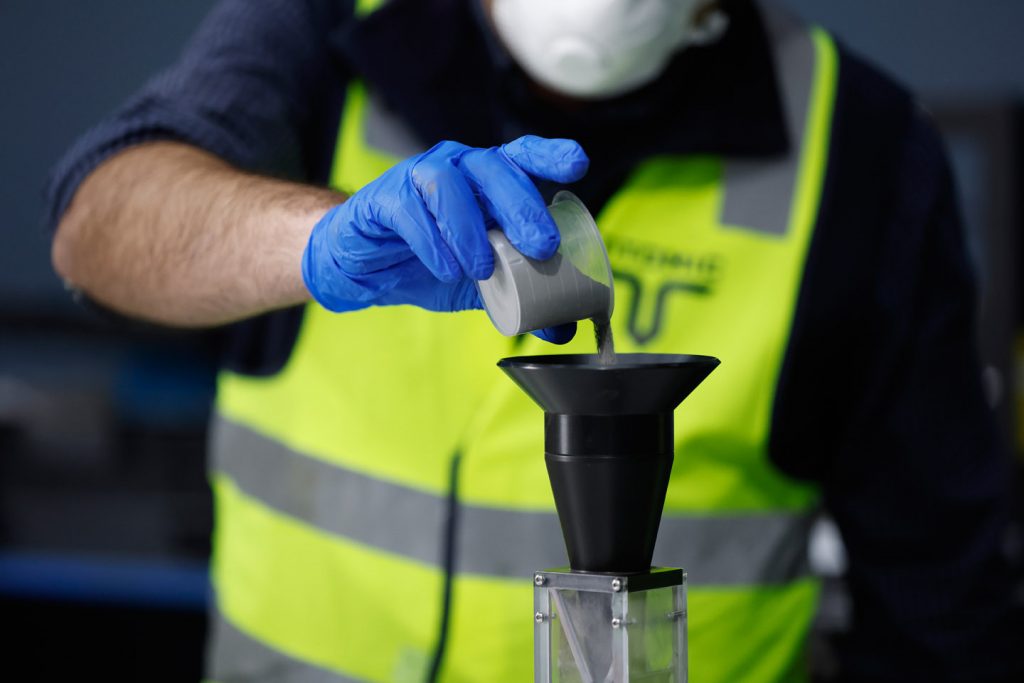
Complementary Manufacturing Technologies
Cold spray can also be complimented by flow forming and metal spinning with the use of an inexpensive thin-walled mandrel, used as a scaffold to additively build more expensive materials far thicker than these processes can.
Cold spray can also compliment these processes by offering the addition of dissimilar metals. Below are some considerations on limitations & material suitability to consider when combining the benefits of these technologies.
Production Considerations
Titomic’s CSAM significantly reduces the production overhead and logistics vs. other techniques that require long lead times, high non-recurring tooling costs, or complex supply chains logistics such as with castings and forgings.
And because of cold spray’s astonishing deposition speeds, CSAM can many times be considered for production volume demands when other additive techniques cannot. Also, given that cold spray can be used in open-environment, it is a perfect suitor for adding in-line into a production line to create functional coatings, additive ‘features’, or cold spray additively manufactured components.
What are the benefits of cold spray?
A unique benefit of the cold spray manufacturing process is that it can be used to fuse dissimilar materials, which means we can exploit the advantages of multiple properties in a singular part.
For example, you can:
apply copper to steel for improved thermal performance
apply nickel to cast iron for repair – without distortion during welding
mix ceramics with titanium for improved wear resistance
- apply tantalum to aluminium for radiation and electromagnetic interference shielding
Other major benefits of cold spray include:
very low thermal load for working with thermally sensitive and dissimilar materials
rapid deposition rate ideal for production speeds and volumes
mechanical properties similar to highly deformed bulk material
deposition results can be in compressive residual stress for better as-built mechanical properties of many geometries
no heat affected zone (HAZ) ensures a quality bond without changing the microstructure and scaffold
no limit on deposition thickness
a ‘greener’ technology with no toxic fumes and significantly reduced waste and emissions
less reliance on the global supply chain for parts or repairs – a must during an era of shortages
extremely cost-effective compared to replacing parts
What are common cold spray materials and metals?
Common metals, such as:
- Titanium and titanium alloys
- Invar
- Aluminium and blends
- Nickel blends
- Copper and blends
- Metal carbides
- Zinc-based blends
- Silver and blends
- Tin-based blends
- Tantalum
- Gold
And, high performance alloys such as:
- AISI 4330,
- Ti-6AI-4V,
- Inconel 718
- Invar36.
Learn more about which materials you can combine to combat wear, corrosion, and more.
Common additive manufacturing cold spray applications:
The exciting thing about working with cold spray technology is that there are seemingly limitless possibilities. Here are a few common use for additive manufacturing:
Produce larger barrels optimised for strength and thermal performance with mixed material combinations. With better materials, we can improve weight, erosion and corrosion resistance.
Replace complex and costly welded assemblies with better-performing single-piece structures.
Produce stronger, lighter, thinner and corrosion-resistant near-net shape faceplates – with reduced welding, assembly and lead times.
Produce larger, lightweight titanium armor at a competitive price point – or combine and fuse dissimilar metals to exploit the benefits of multiple metals simultaneously.
Common coating and repair cold spray applications:
There are endless applications for cold spray coatings. Easily repair and prevent wear and corrosion, and rapidly restore metal parts and coatings without disassembly or heat-related issues.
Deposit hard-wearing metals such as titanium, steel and tungsten to enhance wear resistance on new or existing parts. Hard-wearing metals can also be fused to existing, dissimilar metal parts for repair and to enhance lifespan.
Rapidly add ferrous metals to dissimilar metal parts to harness inductive and conductive technology in cookware, manufacturing and more.
Use TKF to apply corrosion-resistant materials such as titanium to new or existing parts, enhancing their lifespan in corrosive environments across marine, chemical, and oil and gas applications.
Use TKF systems to rapidly repair metal parts, restoring them to working order in applications across aerospace, mining, defence, boiler making and more. The systems spray metal in seconds, so you can restore parts in minutes.

